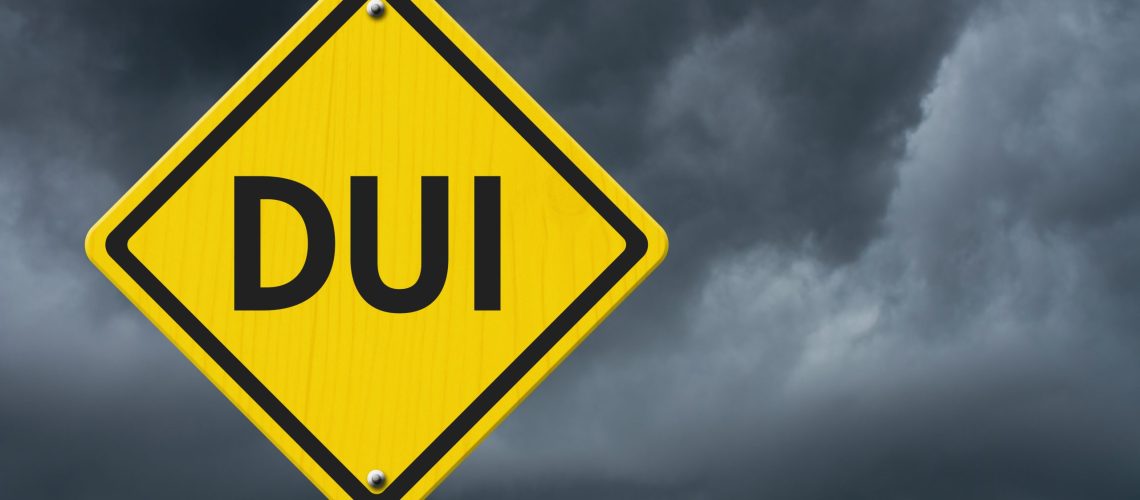New Standards for Alcohol Calculations in Forensic Toxicology
In a significant step forward for forensic toxicology, the Academy Standards Board (ASB) has published new standards and recommendations for experts conducting alcohol calculations in DUI cases. This comprehensive standard, known as ASB 122-Best Practice Recommendation for Performing Alcohol Calculations in Forensic Toxicology, took seven years to develop and was officially approved on June 21, 2024.
The Academy Standards Board
The ASB, a subsidiary of the American Academy of Forensic Sciences (AAFS), is an ANSI-accredited Standards Developing Organization. Since its establishment in 2015, the ASB has actively created accessible, high-quality, science-based forensic standards. The development of ASB 122 was a collaborative effort involving Consensus Bodies (CB) made up of materially interested and affected individuals, companies, and organizations.
Retrograde Extrapolation
One of the critical elements addressed in the new standard is retrograde extrapolation. This mathematical process estimates an individual’s blood alcohol concentration (BAC) at an earlier time based on a later measurement. As stated in Item 5.4.1 of the report:
“Retrograde extrapolation is a mathematical process that uses an alcohol concentration at a given point in time and estimates what the concentration would have been at an earlier time. It is not possible to calculate the exact alcohol concentration at an earlier point in time, but an estimation in the form of a concentration range can be provided.”
This technique is pivotal in DUI cases, where determining a person’s BAC at the time of driving is crucial. The new standard acknowledges the inherent limitations of retrograde extrapolation, emphasizing that it can only provide a range of possible concentrations rather than a precise figure.
OSAC Registry Approval
The ASB 122 standard is currently in the final approval process to be included in the Organization of Scientific Area Committees (OSAC) Registry of selected published standards for forensic science. This registry features standards that have undergone rigorous technical and quality reviews, incorporating feedback from a diverse group of experts, including forensic science practitioners, research scientists, human factors experts, statisticians, legal experts, and the public.
To place a standard on the OSAC Registry, the proposing OSAC subcommittee and the Forensic Science Standards Board must both approve it by a two-thirds majority vote, demonstrating broad consensus within the forensic community.
Future Implications
The introduction of these new standards is a pivotal moment for forensic toxicology and DUI cases. While they represent a significant step forward, they are also likely to spark debates and challenges. The acknowledgment of the limitations of retrograde extrapolation, for instance, may lead to discussions about the reliability and accuracy of BAC estimations in legal contexts.
Implementing and testing these standards in real-world scenarios will undoubtedly shape the future of forensic toxicology and DUI enforcement. In summary, the approval and potential OSAC Registry inclusion of ASB 122 mark a milestone in the standardization of forensic toxicology practices, promising to enhance the accuracy and reliability of alcohol calculations in forensic investigations.
If you want to learn more about how this can impact a current or future DUI charge, contact Rick Mueller, California DUI Lawyers Association Specialist. With over 40 years of experience, Rick Mueller always keeps you informed and up to date on the latest standards and laws relating to DUIs.
New Standards for Alcohol Calculations in Forensic Toxicology

